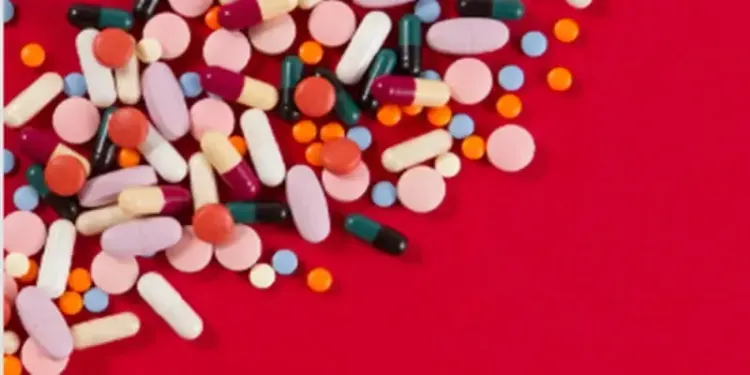India's API Market Projected to Reach $22 Billion by 2030 with 8.3% CAGR: Study

Synopsis
Key Takeaways
- India's API market projected at $22 billion by 2030.
- APIs contribute 35% of the pharmaceutical market's value.
- India is the third-largest global API producer.
- Government initiatives aim to boost domestic production.
- Sector faces challenges, including environmental regulations.
New Delhi, March 3 (NationPress) The Active Pharmaceutical Ingredients (APIs) market in India is anticipated to grow to $22 billion by 2030, as per a report released on Monday.
This analysis from Praxis Global Alliance, a management consulting firm, highlighted that the APIs are expanding at a CAGR of 8.3% in the nation.
APIs are the biologically active elements in medications that deliver pharmacological effects or direct treatment for diseases. For example, in widely used drugs like Crocin, paracetamol serves as the API, directly influencing the medication's pain-relieving capabilities.
The report pointed out that “India ranks as the third-largest global producer of APIs, holding an 8% market share and producing over 500 distinct APIs.”
“India provides 57% of the APIs listed on the WHO's prequalified list. The market is projected to increase from $18 billion in 2024 to $22 billion by 2030, maintaining a CAGR of 8.3%,” stated Madhur Singhal, Managing Partner, Pharma and Lifesciences at Praxis Global Alliance.
APIs form a crucial segment of India's pharmaceutical market, accounting for nearly 35% of the industry's overall value.
“These essential elements typically represent 40% of total drug manufacturing expenses, although this can escalate to 70-80% depending on market dynamics,” Singhal explained.
The expert noted that while the Indian API sector is on an upward trajectory, it faces hurdles related to the storage and transportation of thermolabile medications, cold chain-dependent pharmaceuticals, and adherence to new barcoding regulations.
Moreover, the industry contends with the competitive pricing of foreign suppliers; infrastructural challenges; and vulnerabilities within the supply chain. Stringent environmental regulations, particularly regarding effluent management and waste disposal, also pose challenges, leading to increased production costs and negative public perception, Singhal added.
To tackle these issues, the Indian government has rolled out various initiatives such as the Production Linked Incentive (PLI) scheme (2020-30); a scheme promoting bulk drug parks (2020-25), and a PLI initiative for pharmaceuticals (2020-29).
These governmental efforts have triggered “a significant transformation in the industry landscape. Companies are increasingly channeling investments into API production facilities to satisfy domestic demand and minimize import dependency. The sector is experiencing intensified competition for management-level roles due to the arrival of private equity-backed platform companies in the market,” Singhal concluded.









